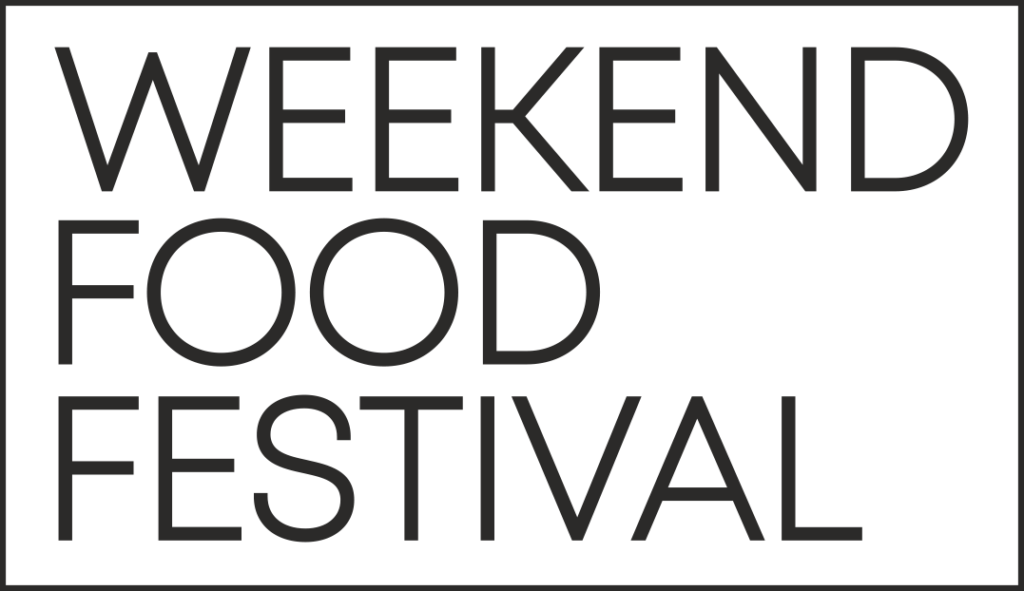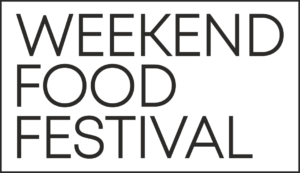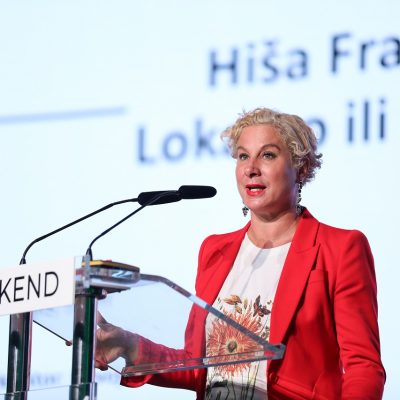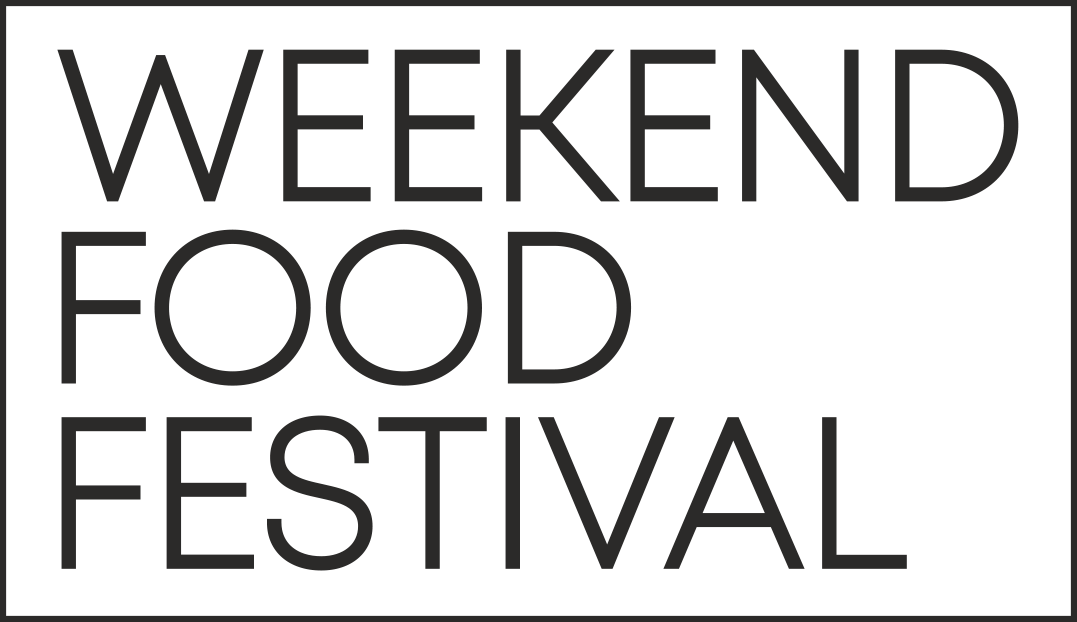After the panel “Manifesto of Croatian Cuisine”, in which some of the most prominent leaders on the Croatian culinary scene presented a revitalization plan for the branding of indigenous and traditional local cuisine, one of the greatest ambassadors of Slovenian and regional cuisine, Ana Roš, gave a lecture entitled “Local or nothing”. By serving only local and indigenous foods from the Slovenian region of Posočje such as trout, wild game and foraged berries and herbs, Ana Roš’s cuisine is a leader in the trend of using fresh and local foods as part of her restaurant’s policy of sustainability. Cutting edge gastronomy, sustainability and locality, are at the core of everything that Hiša Franko represents.
“What Hiša Franko is doing and the principles we have been following in recent years have become increasingly popular around the world, but for us it is not just a trend, but rather a long-term effort to establish an indigenous and sustainable offer based on local and seasonal foods specific to our region,” said Ana Roš, chef at Hiša Franko, the 21st best restaurant in the world and the holder of two Michelin stars, located in the picturesque Slovenian town of Kobarid. “Developing a successful business concept based on these principles is not easy. If you want to have an ambitious menu, you must also have ambitious ingredients. The plan for Hiša Franko was to further embrace this concept and make the valley we are located in the focal point. The most difficult part was to convince the small farmers and local producers to work with us and to create a reliable supply chain and system of mutual cooperation, “said Roš in the packed hall at the Weekend Food Festival.
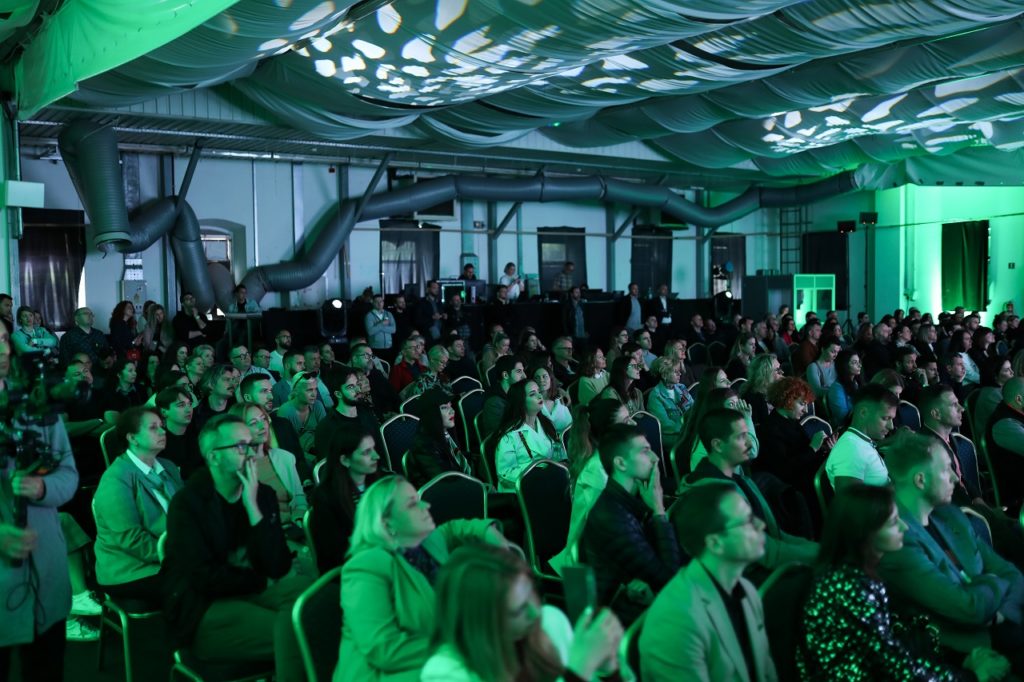
When she took over Hiša Franko in 2002, the main question was where to source ingredients, because the infrastructure at the time was non-existent. Popular and common dishes from the region, such as ćevapi or fried calamari, had no place on the menu at Hiša Franko. First, a functional supply chain had to be established, which was not easy. “When you set up a food chain it’s hard to work so closely with nature. Our menu is based on a trust that we’ve been building for the last 20 years. In order to succeed you need to be very creative and still have a structure in place which allows you to anticipate changes in the concept of the food you serve on a daily basis. Nature simply won’t adapt to your needs; if we want to preserve the locality and authenticity of our ingredients, then we need to adapt to nature,” said Ana Roš.
All the food served in Hiša Franko comes from local sources, and is therefore subject to natural seasonal changes, but also global influences. During the lockdown caused by the COVID-19 pandemic, Hiša Franko, as well as many local producers, encountered unprecedented problems. Hoping that state institutions would recognize the problem and offer help, Ana turned to the Ministry of Agriculture, but without much success. But by working hard and cooperating with local producers, she successfully changed the paradigm and helped establish a more sustainable supply chain that has ensured the survival of local farms and production facilities. Although the pandemic presented obstacles to the food industry that have largely been bridged successfully, global instability and food shortages are still a very pressing issue.
The consequences of global geopolitical instability and the conflict in Ukraine are already being felt by Hiša Franko. Foods such as sunflower oil or specific flours are becoming increasingly difficult to obtain. Ana Roš sees the solution in strengthening the trend of locality and seasonality. “When we process and use local food, we ensure continuous quality and availability, and we achieve this by developing relationships with local suppliers. It is important to think and pay attention to sustainability and respect natural cycles. When, for example, we talk about wild plants, we cannot take more than 20% of what nature has to offer at that time, in order to preserve nature for future generations,” said Roš, reminding once again that if we want future generations to stay and work on local farms and production facilities, we have to think and act locally and sustainably.
